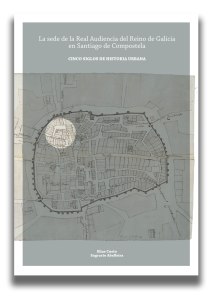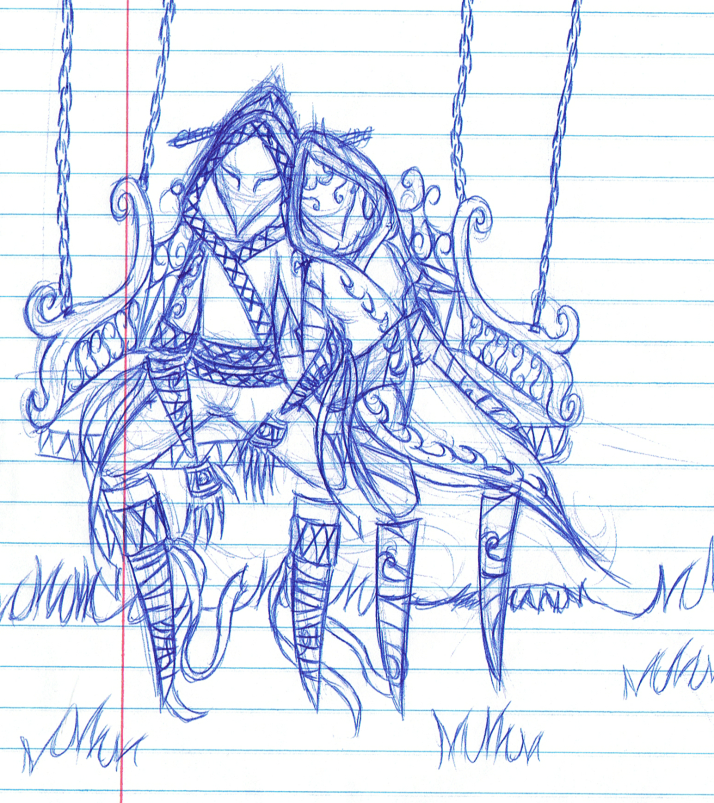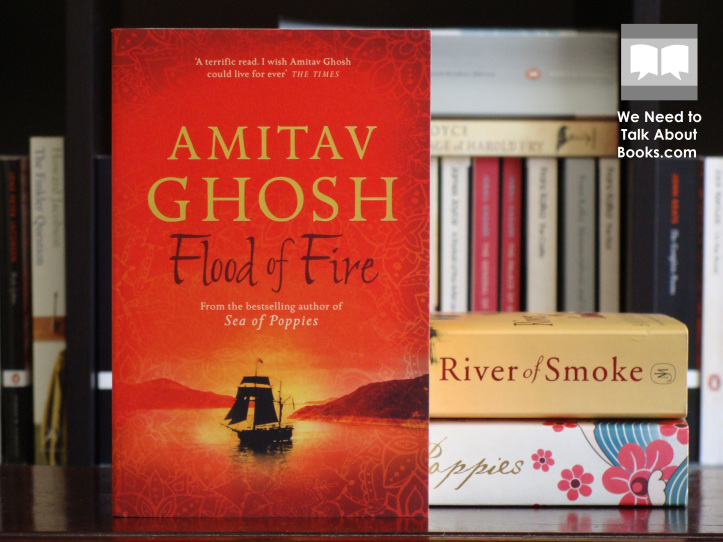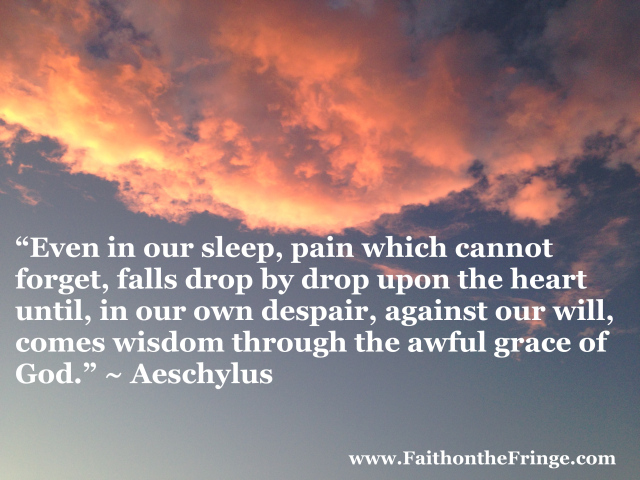Galicia is known to many Irish people as Camino country. The Way of St James or Camino de Santiago begins for the Irish at St James’ Gate in Dublin, more usually known for the black stuff. For Irish peregriños, however, it will also conjure up memories of scallop shells, yellow arrows, meandering paths through the meseta, and the magnificent cathedral in Santiago de Compostela in Galicia. Now as the summer ends and many of us back from our travels, let’s take a look at some of the historic links between Galicia and Ireland with this guest post from Elías Cueto , an historian from Santiago whose research on the urban history of the city has been recently published.
 La Sede de la Real Audiencia del Reino de Galicia en Santiago de Compostela by Elías Cueto and Sagrario Abelleira (2016)
La Sede de la Real Audiencia del Reino de Galicia en Santiago de Compostela by Elías Cueto and Sagrario Abelleira (2016)
Recent research on the urban history of Santiago de Compostela (Galicia, Spain) shows the Spanish King Phillip III granting the Irish nobleman Donal Cam O’Sullivan Beare, Prince of Beare, 1st Count of Berehaven (Irish: Domhnall Cam Ó Súilleabháin Bhéara) with many favours. Thanks to this, the chief of the O’Sullivan clan became Count of Birabén (the Spanish adaptation of Bearhaven, the Irish name) and Knight of the prestigious Order of Santiago. Moreover, the O’Sullivan clan was granted a salary and a large house situated in the heart of the historic city of Santiago de Compostela.
The houses in Santiago de Compostela comprised a medieval palace with two patios and more than twenty different rooms. It was the first site for the Royal Audience established by the Spanish Catholic Kings in 1480, right at the beginning of the Modern Era. After the move of that institution from Santiago de Compostela to the city of A Coruña between 1578 and 1580, the houses were vacant. The Spanish King took advantage of this fact and granted the vacant houses to the Irish nobles as a way to pay his debt with them.
 Sketch of the old palace on the existing church
Sketch of the old palace on the existing church
Why help the Irish nobles after the Battle of Kinsale?
One of the noble Gaelic families to whom Phillp III had a debt was the O’Sullivan clan. O’Sullivan helped the Spanish forces in Ireland before the defeat at Kinsale. As the army of Phillip III surrendered to England, O’Sullivan lost his rights and position and was forced to flee. His heroic resistance against English rule and his dramatic flight is known today under the name of O’Sullivan’s March. That march drove him and his followers 400 km from the Beara peninsula to Leitrim in 1603. He then joined the other defeated members of the Gaelic nobility and fled to mainland Europe. He sailed away from Ireland reaching Bordeaux (France), and finally the port of A Coruña in Galicia (Spain).
Once in A Coruña, the O’Sullivan won the favour of the Count of Caracena, who represented the power of the Spanish King in the region. As the Count of Caracena was the Governor of Galicia, he knew well that the old palace for the Royal Audience of Galicia in Santiago had to be vacant. It was he who helped the O’Sullivans to get the Royal Houses of Santiago de Compostela from Phillip III.
 Manuscript showing the rooms of the palace in Santiago granted to O’Sullivan Beare
Manuscript showing the rooms of the palace in Santiago granted to O’Sullivan Beare
The internal divisions between the Irish in the exile
 Plaque outside the Irish College in Santiago de Compostela
Plaque outside the Irish College in Santiago de Compostela
Nevertheless, the ancient palace was also the scenario for fights between two opposite groups of Irish in exile. On one side the O’Sullivans: the nobles who fled from Ireland after the Kinsale defeat. They had a military mission; they wanted the Spanish to help fight against the English. On the other side, there were the religious orders such as the Jesuits who took over the control of the Irish Colleges along with the Catholic Monarchy of the Spanish King. Their mission was spiritual; they needed Spanish help to train Catholic priests who could keep the true faith in Ireland. The Irish college already had its headquarters in Santiago, but it was a poor and small place in comparison to the King’s palace.
The research reveals many details on the O’Sullivans and the establishment of the Irish College in the Royal Houses of Santiago de Compostela. Published in Spanish, it forms part of a larger research on urban history. The houses that once held the Royal Audience of Galicia in the 16th century also had many other different uses afterwards. The Irish were guests at the palace in the first half of the 17th century, but they also housed an orphanage, a church, a bank and a large department store, all situated on that plot of land right in the heart of the historic city of Santiago de Compostela. In a twist of fate, some of the Royal Houses became the historical archives at the end of the 20th century.

New research
The authors of the O’Sullivan research are currently working on a new publication. It will be focused on the first half of the 17th century when the nobles and religious Irish fight for the Royal Houses in Santiago. This new text will be much more accessible to Irish readers, as they plan to publish it both in English and Spanish.
Advertisements Share this:




